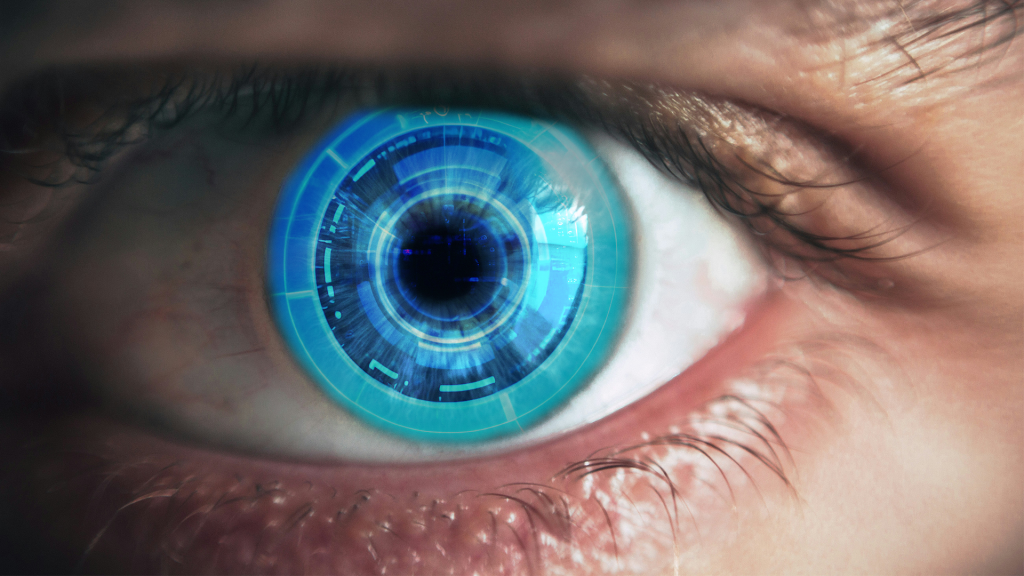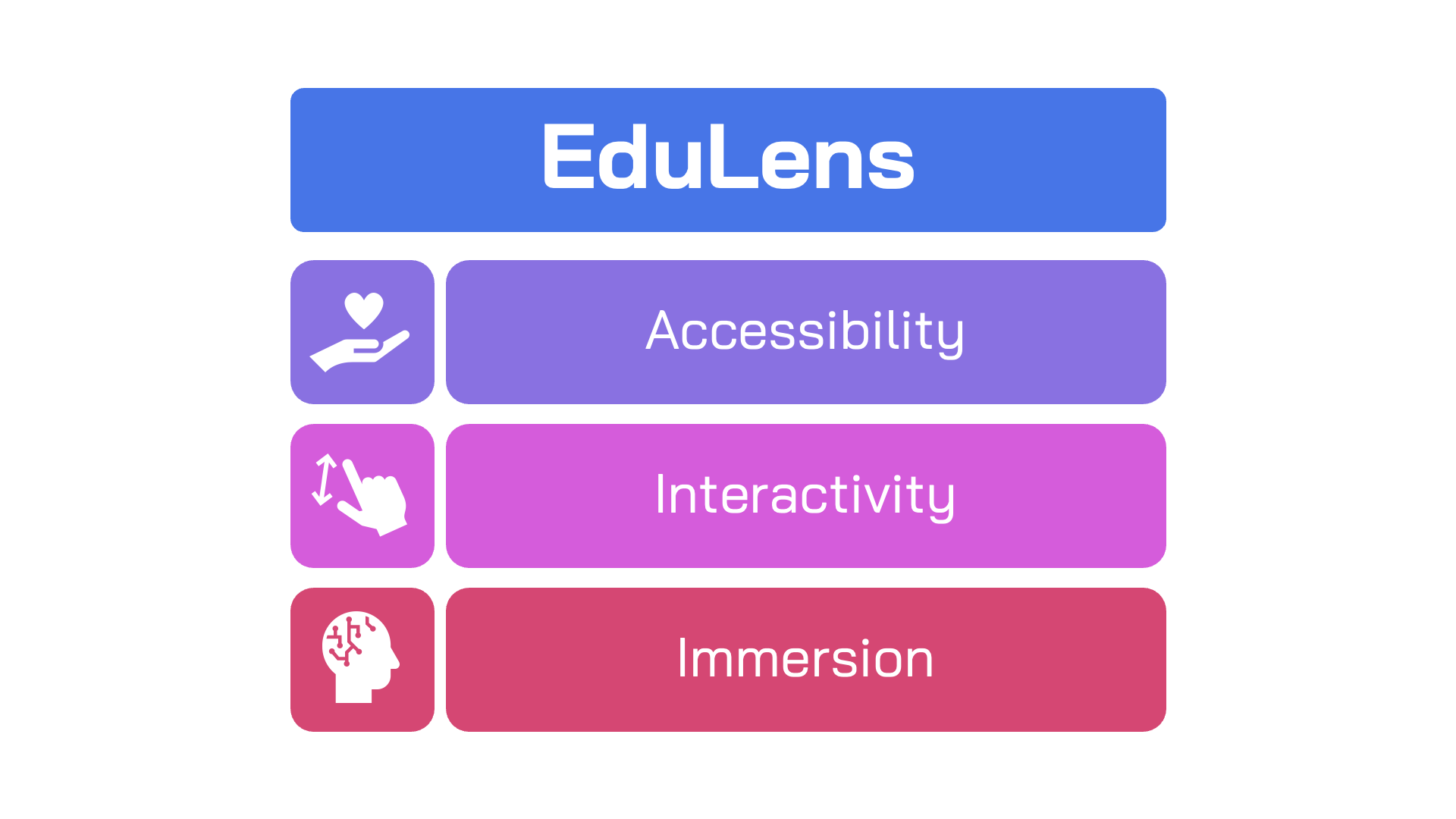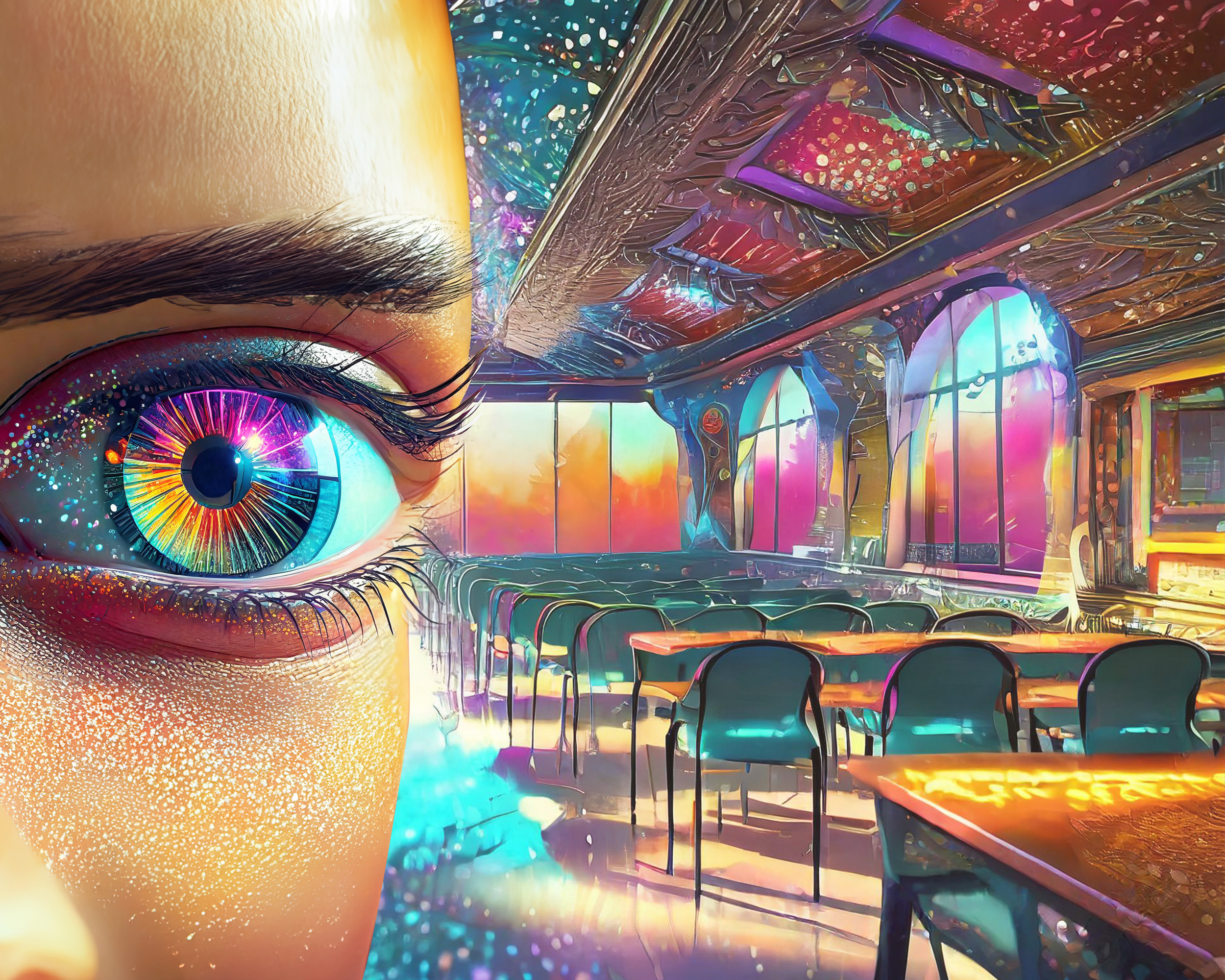
Welcome to Ghent in 2084, a thriving metropolis where education knows no boundaries. With a growing student population, our city has expanded to meet the demand for learning. Additional campuses have sprung up, beyond the traditional center, offering students access to advanced technologies such as special contact lenses. These lenses immerse students in dynamic, interactive learning experiences and blur the boundaries between the physical and virtual worlds. From exploring historical events to conducting virtual experiments, the possibilities are endless. In Ghent, the future of education is here, and it is brighter than ever before. Welcome to a world of limitless learning.
Students wear special contact lenses that serve as VR glasses. These advanced lenses immerse students in dynamic, interactive learning experiences that improve engagement and understanding. The lenses have augmented reality (AR) capabilities, allowing students to project digital information onto their physical environment.
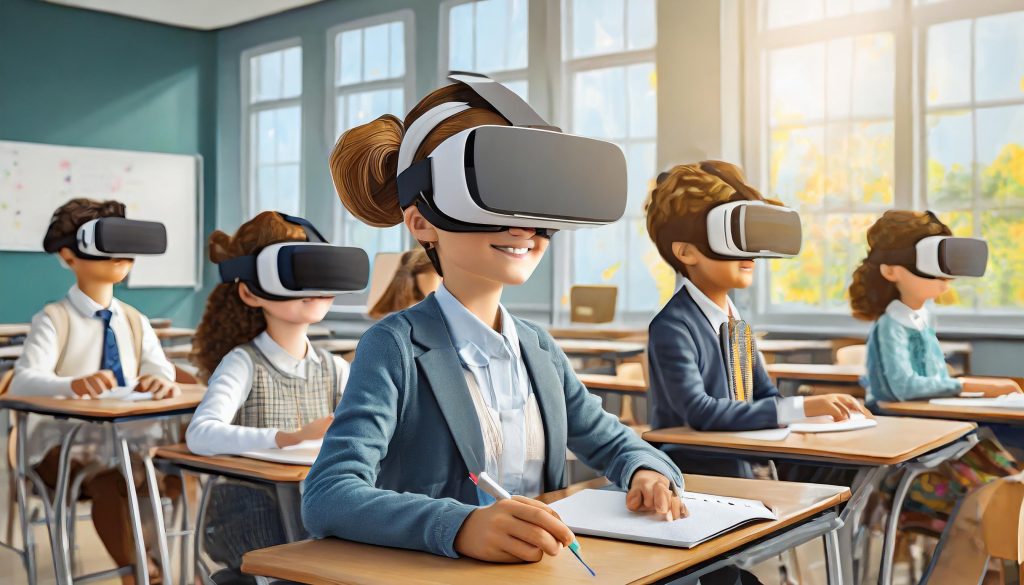
Why we use AR and not VR
Before the advent of AR lenses, VR glasses were seen as a breakthrough in learning technology. VR headsets promised to transport students, simulate complex concepts and revolutionize the delivery of education. However, VR headsets began to isolate students, leading to a loss of human connection and social interaction. Mental health problems such as depression and anxiety became common due to the isolated learning approach.
With the disadvantages of isolated learning in mind, innovators developed special contact lenses. Unlike VR glasses, these lenses aim to connect students and provide dynamic, interactive learning experiences. The integration of augmented reality (AR) capabilities is central to this innovation. The lenses provide immersive experiences across history, science and culture to promote collaboration and engagement.
Overview of AR lenses in education:
Students can delve into immersive simulations of historical events, scientific concepts and cultural sights. AR lenses enable virtual field trips to destinations around the world, including ancient ruins, coral reefs and outer space. They facilitate virtual experiments and the manipulation of digital objects for experiential learning in science and engineering. Customized content and real-time feedback optimize learning outcomes. Collaboration on projects and presentations in virtual spaces is possible.
Virtual Lessons and Digital Teachers
AR lenses allow students to attend classes taught by digital tutors from anywhere in the world. Digital teachers use AI algorithms to analyze student engagement and understanding and adapt their teaching approach. The lenses revolutionize education, making it more immersive, interactive and accessible. Digital teachers address the shortage of teachers and increase access to high-quality education.
Social acceptance and adaptation may require cultural changes and policy adjustments for equitable access and responsible use of technology.
Hands-On and Interactive Experiences
The lenses provide a platform for practical and interactive experiential learning. Students can conduct virtual experiments, manipulate digital objects and collaborate in virtual spaces. The adaptability to individual learning styles and pace ensures personal support for every student.
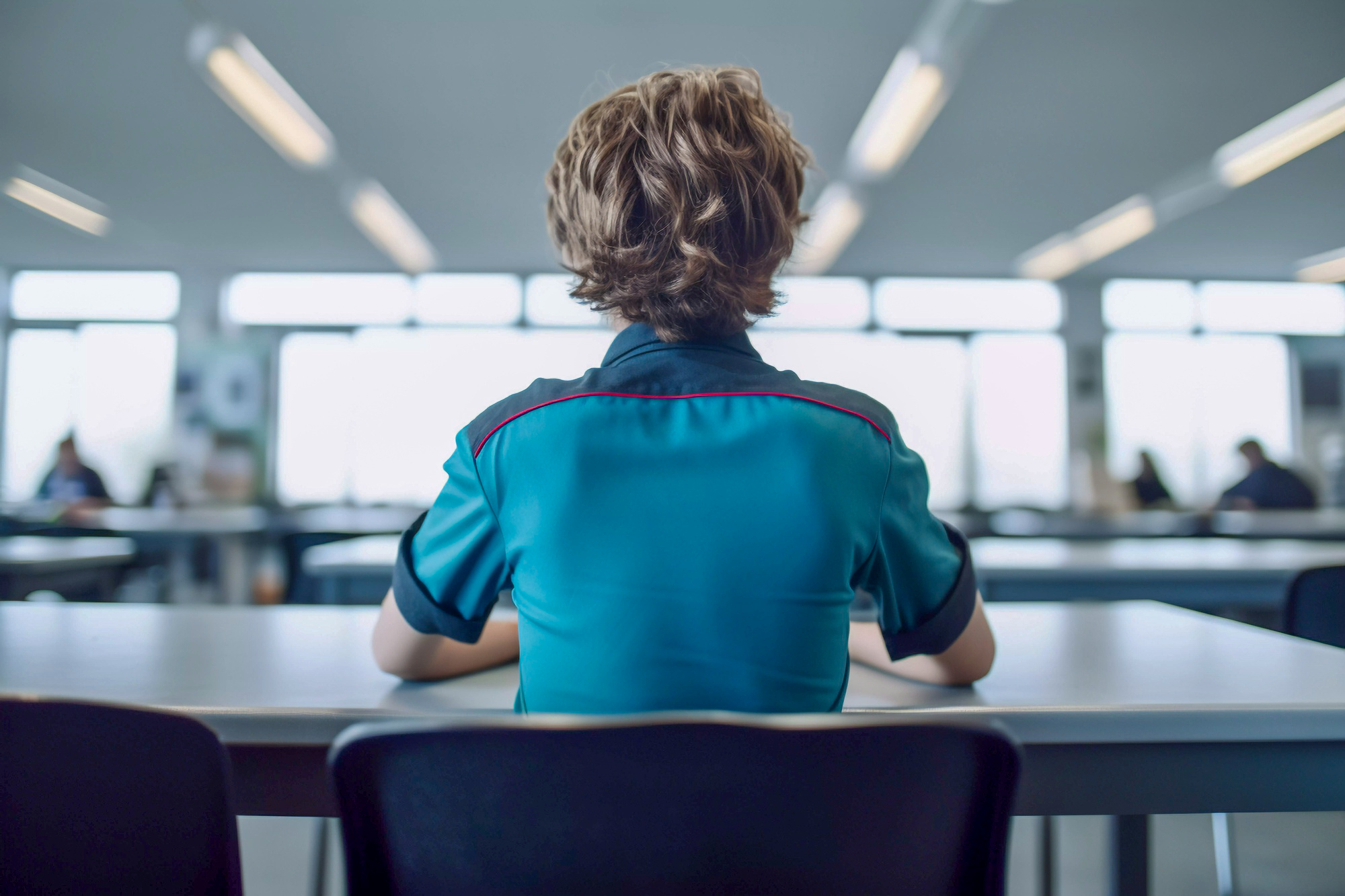

Benefits Beyond the Classroom
The adaptability extends beyond the classroom and allows digital tutors to attend classes. Digital teachers use AI algorithms to personalize education in real time. The lenses aim to ensure that all students have equitable access and use technology responsibly.
Of course, with great innovation comes great responsibility. As we embrace this new era of education, it is essential to ensure equitable access and responsible use of technology for all students. That means addressing issues of affordability, accessibility and digital literacy to ensure no one is left behind in the pursuit of knowledge.
